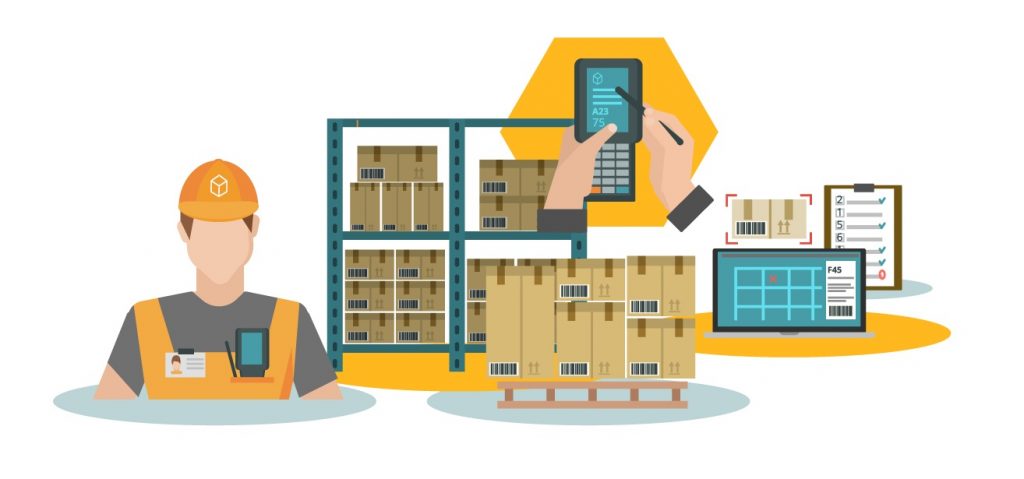What is inventory management, and why is it so important?
Inventory management refers to the process of ordering, storing and using the company’s goods or materials.
Successfully managing inventory enables companies to meet their consumers’ demand levels with appropriate supply. Ineffective management can lead to excess inventory, leading to the risk of damage, damage, or demand shifts, leading to stock accumulation.

If the stock is not sold before these events, it is usually sold at the clearance price or destroyed.
According to a survey by the Association for Supply Chain Management (ASCM), nearly 60% of respondents indicated that inventory management is one of the top technical skills in their field.
This is an essential part of keeping the supply chain running smoothly. Effective inventory management requires a reliable technology platform and communication between all relevant parties.
Without inventory management, companies will suffer higher levels of waste and additional storage costs. Without accurate and up-to-date information, it is impossible to communicate with customers about product availability and estimated delivery dates.
How to improve inventory management in the supply chain?
Effective supply chain management starts with technology. Eliminating traditional human errors can save time and reduce the risk of errors.
Digital operation management makes it easier to share any information recorded in the entire supply chain. If your company has implemented a Transportation Management System (TMS), then you have already optimized the whole supply chain!

Transportation management and warehouse management are two fundamental parts of a successful supply chain.
The Transportation Management System (TMS) handles the movement of products throughout the supply chain and provides the necessary communication platform for carriers, shippers and manufacturers.
The stock management platform focuses on the quantity and type of products in warehouses or other storage facilities. These technologies form the basis for the company to deliver its products to customers as efficiently as possible.
For example, when a company uses TMS to respond quickly to a customer’s order, it will soon move out of the warehouse instead of occupying inventory space.
The integration of inventory management and TMS can make it easier to track deteriorated or defective inventory. With the help of TMS, warehouse managers can easily track the movement route of products after they leave the warehouse by tracing SKUs.
When an item recalled, the warehouse management team will have all the relevant information needed to find and isolate the defective product. Real-time inventory information will help bridge the gap between inventory management and transportation management.